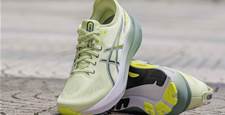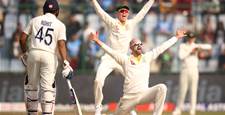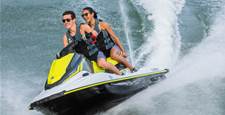The Port Macquarie (NSW) school teacher loves pedalling – the longer, the better.
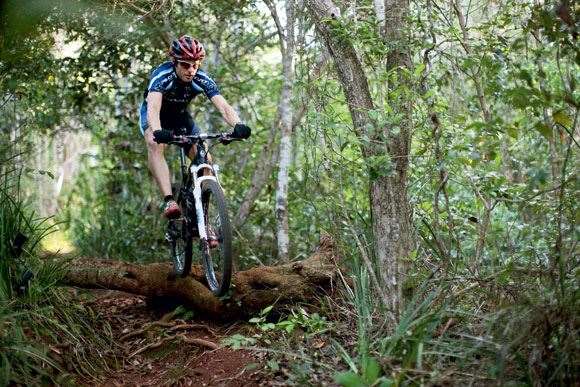 Mountain Scenic Biking Jason English
Mountain Scenic Biking Jason EnglishImages: Krystle Wright
The arsenal
“It’s also important to have lighting and equipment strategies in a 24-hour race. At the Worlds I had three bikes. So when I came into the transition area and the officials announced we needed to get lights on, I just dropped my bike on the ground, walked to the next one that had my lights set up on it, changed helmets to the one that had a light attached,changed to clear lens sunglasses and I was on the road. It probably took less than five seconds – unbelievably efficient. Other people who only had one bike, however, had to stop, attach the lights, find their batteries ... It’s a big advantage having two bikes that are exactly the same, both set up, ready to go. Then I had my third bike, which became a donor bike. Whatever I needed during the race I just ripped it off that bike – a wheel, the forks, the drive train. Of course, it ended up in pieces.
“There’s also a lot of strategy with tyres. These days everyone’s running tubeless tyres, but there’s still that trade-off: do you run a light-weight tyre that might make your bike half a
kilo lighter but risk a puncture, or do you take a heavier tyre and not run that risk? You know, half a kilo is a big advantage in a long race, but get a puncture and there’s six or seven minutes down the drain. It’s all about finding the right balance for different terrain. If I’m, say, racing at Port Macquarie, I can run the lightest, 400g tyres knowing I’m not going to get a flat because it’s not a rough course. But at Stromlo it’s fairly rocky so I ran 600g tyres.”
All in the head
“For the first six hours of a 24-hour race you’re genuinely racing – there are people everywhere and you’re trying to work out who’s a threat, who’s pushing hard. That makes it interesting. But when night time comes that’s when it gets mentally tough and that’s when I start setting little goals. Food works for me big time. I need to have little goals during long races, so as I’m pedalling I might be thinking, ‘Awesome! Dinner’s in three hours – pizza!’
“The worst time is around three o’clock in the morning – that’s when it starts getting hard to find a goal. Sometimes I see a slight tinge on the horizon and I’ll think, ‘Great, the sun’s coming up!’ Then four hours later I’m still pedalling and the tinge on the horizon looks exactly the same. It’s around that time that all I’m thinking about is breakfast. I just love breakfast – and those are the breakfasts I value the most.”
Collateral damage
“I think mountain-biking is a lot safer than road racing. On the road you might be doing 60km/h at the point of impact. In mountain-biking you’re more likely to be doing 20 or 30km/h, so by the time you’ve skidded and bounced along the grass, crashes normally aren’t a big deal."
“I’ve been quite lucky with crashes, but I did have a bad one two years ago – 12 weeks out from the 24-hour Worlds. It was in a 100km-race in Melbourne and I was coming fourth at the time. I knew it wasn’t an important race ‒ I was just treating it as a training ride ‒ so I was thinking I was doing pretty well. And then, with about 20km to go, I started feeling really good, and I thought, ‘Maybe I’ll have a crack here.’ And that’s the last thing I remember! Apparently I hit a tree and my head got pushed so far to the right that the tendons tore off the vertebrae and pulled some fragments of bone with them. The guy who was first on the scene told me when the ambulance guys gave me the happy whistle [morphine] I spat it out and was saying, ‘No, no, I’m fine!’
“About four weeks after that crash I crawled back on the wind trainer. I spent two weeks on that, with my back propped up, and then I was back on the bike, exactly five weeks out from the Worlds. At first I found it hard to pedal ‘circular’ because I’d spent the past few weeks on the trainer, but I somehow got fit enough in those five weeks to take out second at the Worlds. So that was pretty cool ... ”
– Aaron Scott
Related Articles

Renault blunder costs Ricciardo 'a great result'
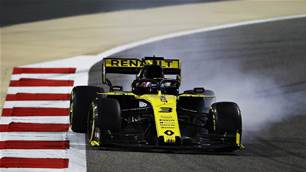
Ricciardo's F1 season start is 'unacceptable', says Renault boss





